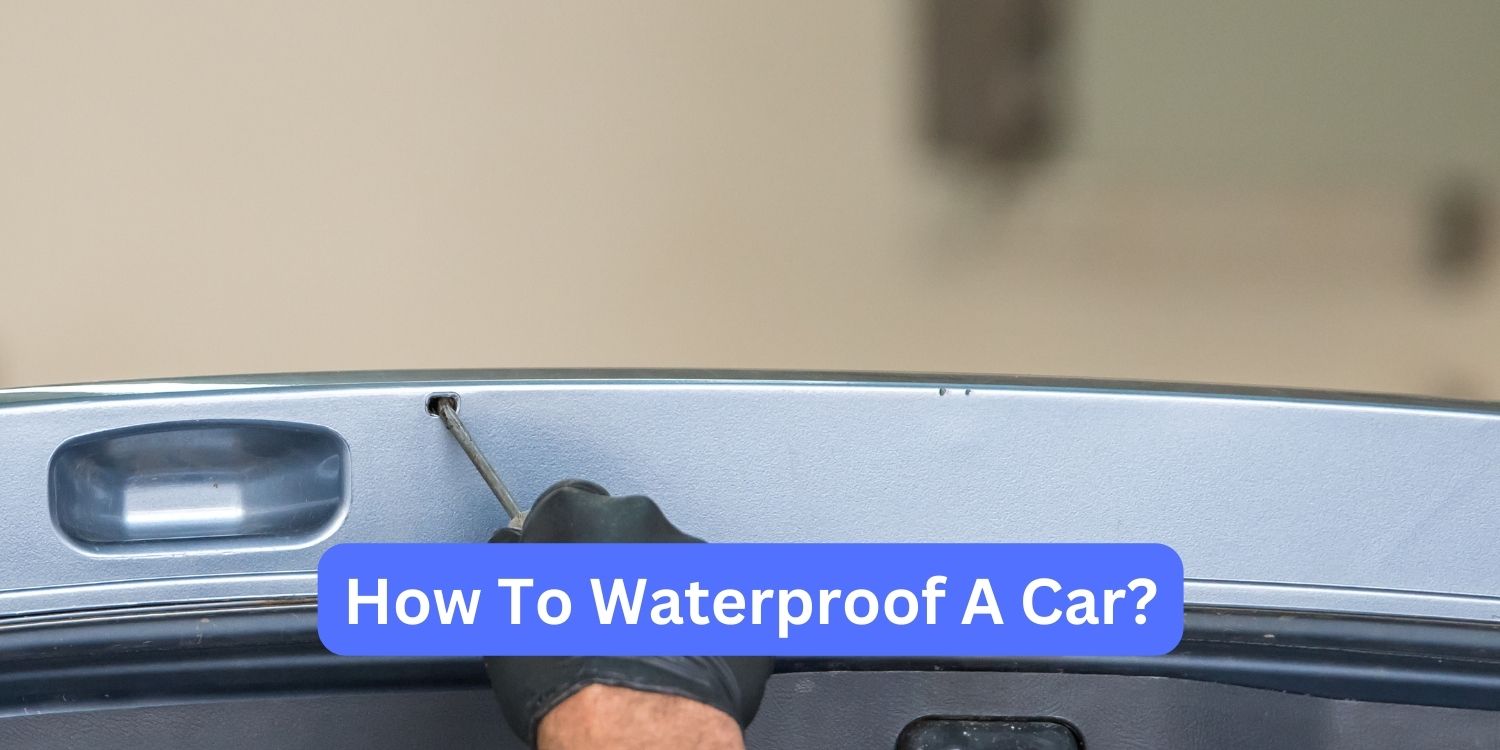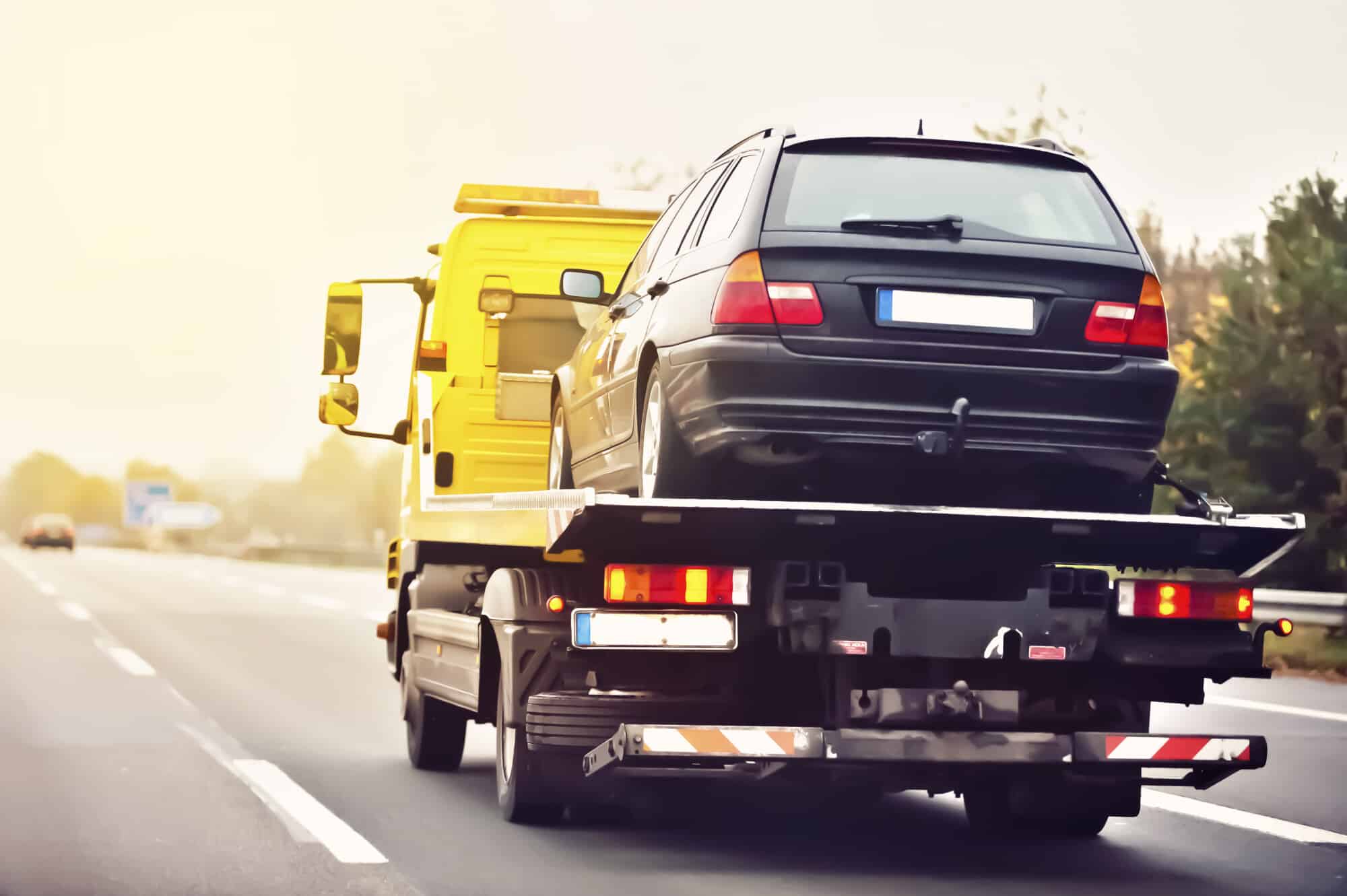Are you looking to protect your car from rust, and corrosion and extend its lifespan? Waterproofing your car is an important step to protect it from water damage.
Waterproofing your car is important in protecting it from the elements and ensuring its longevity, saving you time and money on repairs.
In this article, I will cover how to waterproof a car effectively to protect it from the elements and keep it looking great for years.
Read more about How to Clean Rubber Car Floors.
4 Streatgy to Waterproof Your Car
By following these strategies, you can improve your car’s water resistance:
1. Paint Protection – The First Line of Defense
- Washing and Waxing: Regularly washing your car removes dirt, grime, and contaminants that can weaken the clear coat of paint. Use a high-quality car wax or sealant after each wash. This adds a hydrophobic layer that repels water, making it bead up and roll off the surface. Choose a wax or sealant formulated for long-lasting protection, reapplying every few months or according to the product’s recommendations.
- Clay Bar Treatment: For cars with heavily contaminated paint, a clay bar treatment can help remove embedded dirt and debris that regular washing might miss. This creates a smoother surface for the wax or sealant to adhere to, enhancing its water-repellent properties.
- Paint Protection Film (PPF): This transparent film is a sacrificial layer applied directly to the car’s paint. It takes the brunt of scratches, chips, and environmental damage, protecting the original paint job underneath. PPF also offers superior water repellency compared to wax or sealant alone. While an investment upfront, PPF can significantly improve the longevity and value of your car’s paint.

2. Sealing the Gap – Keeping Water Out
- Inspecting Seams and Weather Stripping: Regularly inspect the rubber seals around doors, windows, trunks, and hoods for cracks, tears, or loss of flexibility. Replace any worn-out seals with high-quality replacements specifically designed for your car model.
- Silicone Sealant: For minor gaps or leaks around lights, emblems, or trim pieces, consider using a silicone sealant rated for automotive applications. Apply a thin bead following the manufacturer’s instructions, ensuring a watertight seal.
3. Weatherproof the Interior – Protecting Your Investment
- Car Mats: Replace traditional fabric car mats with weatherproof rubber mats. These mats trap water and debris, preventing them from soaking into the carpeting. Choose mats with a raised edge to contain spills and moisture. Regularly remove and clean the mats to prevent mold growth.
- Interior Cleaning: Spills and moisture inside the car can lead to unpleasant odors and even rust. Use a quality interior cleaner to remove dirt and debris. Attention is paid to areas that trap moisture, like cup holders and door compartments.
4. Maintaining Your Advantage – A Consistent Effort
- Regular Washes: Maintain a consistent washing routine to remove dirt, grime, and road salt to weaken your car’s defenses. Attention areas around the wheels and undercarriage, where water and debris can accumulate.
- Drainage Holes: Locate and clear any drainage holes on your car, typically found under the doors, sunroof (if equipped), and firewall. Clogged drainage holes can lead to water buildup and potential rust issues.
- Winter Considerations: If you live in an area with heavy snowfall or frequent road salting, take extra precautions. Regularly wash the undercarriage to remove accumulated salt, which can accelerate corrosion. Consider using a car cover during periods of heavy snow or rain.
Important Considerations
- Compatibility: Before applying any protectant, ensure it’s compatible with your car’s paint or material. Consult a professional detailer or the product manufacturer for specific recommendations.
- Surface Preparation: For optimal results, ensure the surface is clean, free from contaminants, and properly prepped before applying any protectant.
- Professional Application: While some products are DIY-friendly, seek professional help for complex applications like ceramic coating.
Conclusion
Following these strategies, you can transform your car into a water-resistant fortress. Remember, consistency is important.
Regular maintenance, including washing, waxing, and inspections, will ensure your car’s defenses remain strong for years.
With a little effort, you can enjoy the peace of mind of knowing your car is well-protected against the elements, preserving its appearance, value, and performance for the long haul.
FAQs
Some frequently asked questions about water proofing of car are :
How long does the waterproofing product last?
The durability of waterproofing products varies depending on the type and brand. Some products may last several months, while others can last up to a year or more.
Following the manufacturer’s instructions and reapply the product as recommended is essential.
Can I apply the waterproofing product myself, or should I hire a professional?
You can apply the waterproofing product yourself if you follow the manufacturer’s instructions carefully.
However, you may consider hiring a professional detailer if you’re unsure or want to ensure the best results.
Will waterproofing my car affect its appearance?
Waterproofing your car should not significantly affect its appearance. Some products can enhance the shine and gloss of your car’s paintwork.
However, choosing a product compatible with your car’s paint and finish is essential to avoid unwanted effects.
Is it necessary to waterproof a new car?
While it’s not necessary to waterproof a new car, it can protect its paintwork and maintain its appearance.
New cars are often more susceptible to damage from environmental factors so waterproofing can provide an extra layer of protection.
Can I use any waterproofing product on my car?
It’s essential to use a waterproofing product specifically designed for automotive use. Using the wrong product can damage your car’s paintwork or not provide the desired level of protection.
Always read the product label and ensure it is suitable for use on your car.




